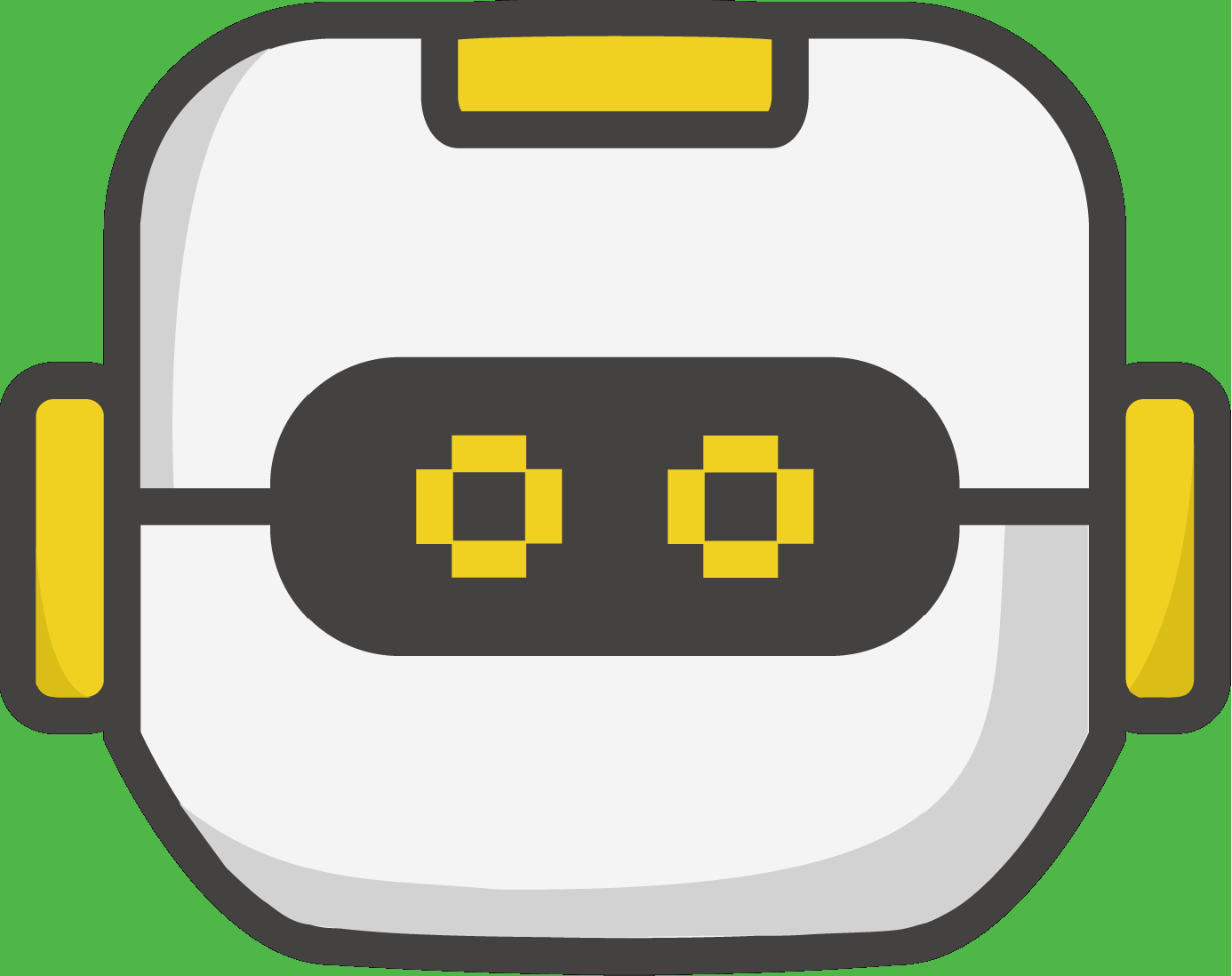A guest blog post by Firia Ambassador Nicholas Allred. Both a brilliant teacher and a life-long learner of new approaches, skills, and technologies, Nicholas has been a middle and elementary level gifted education teacher in Utah for 9 years.

A Gifted Teacher’s Journey with CodeSpace
The gifted community has always had a keen interest in bringing students to a readiness for a life of education, growth, and societal involvement. Specifically, it focuses on bringing the 4 Cs of 21st century learning to the students at any given opportunity.
- Critical thinking
- Communication
- Collaboration
- Creativity in daily classroom life

As a gifted teacher, it has been a passion of mine to infuse the classroom with a variety of skills that would both be useful for students in the future and an enjoyable vessel for learning in the present. As computers have continued to increase their impact on our daily lives, it has become more and more important for us to involve ourselves as educators in the intricacies of technology application and interaction. To many, this begs the inclusion of coding and computer science as a new core literacy. For that reason, I have constantly looked for ways to involve my students in computational and design thinking.
Diving into the world of computer science in a “limited funds” classroom can be a daunting undertaking, owing in part to the many ways in which it can be applied and the many resources one might find in the rabbit hole. That being the case, I have come upon one which I, and my students, have reveled in over the past couple of years. Enter CodeSpace, the concept of cloud hosted environments where students can code a variety of projects and in some cases, even use an in-hand microchip to visualize and bring that operation to life.

Entering grade 6, my students had such a variety of backgrounds in coding that it got a little difficult finding a program that would tend to all their needs. I stumbled on a company just breaking into the industry, Firia Labs, with the goal to “graduate from blocks” and found myself intrigued by what was on offer. Using a physical-computing device, students could enter real text code using a real-world coding language (Python) to enter code and run a program on a microcontroller. Their coding projects spanned from simply pulling pictures and music from a database to creating images and games that utilized built-in buttons.
 When I had the opportunity to dive into the subject materials, I found a space that was both open and rigid in its construction. While using CodeSpace in my classroom, I noticed that I had students who were happily frustrated with the need to be precise in language, while knowing the reason for that rigidity. Those familiar with computer languages are familiar with the necessity for proper punctuation, capitalization, spelling, and spacing, among other things. For some of my students, this was exactly what they needed.
When I had the opportunity to dive into the subject materials, I found a space that was both open and rigid in its construction. While using CodeSpace in my classroom, I noticed that I had students who were happily frustrated with the need to be precise in language, while knowing the reason for that rigidity. Those familiar with computer languages are familiar with the necessity for proper punctuation, capitalization, spelling, and spacing, among other things. For some of my students, this was exactly what they needed.
For my classroom, it brought a new concept and did so with excitement for students as well as me. I was able to incorporate CodeSpace lessons in my classroom. I pointed out that having the rigidity for language translated directly to my language arts curriculum in formatting, grammar, and syntax. I found that showing one’s work translated cleanly into mathematics and the ease of problem solving when we can’t step through the work we’ve done to see if our outcome was correct and desired. I realized that CodeSpace wasn’t just a tool for developing a specific skill, but also worked as a functional foray into why we follow specific pathways in other subjects in the classroom.

I was truly excited for the functionality of the topics spread across multiple core subjects. More importantly, it helped students in work with the 4 Cs of 21st century learning. Students had to have a mindset for overcoming failures in programming, using and building critical thinking skills that are necessary inside and outside of the digital world. Students worked with each other and with me to communicate what they intended for their work to do, and why it did or did not achieve that function. Students would gather in pairs to discuss and help troubleshoot problematic coding, as well as collaborate when one found an idea from another and wanted to incorporate it in their own program. Important to any subject I want my students to learn, CodeSpace has an inherent openness to creativity in implementing a program with twists and turns devised by the learner.
Since the introduction of CodeSpace in the classroom, my students have grown in more ways than just coding. I have found an increase in my ability to link subject matter and concepts to students who may feel left out of a typical class setting. After putting one foot in the door, I wouldn’t want to teach in a classroom without the opportunity for students to stretch and learn the way CodeSpace allows. It is a permanent fixture in my classroom.


